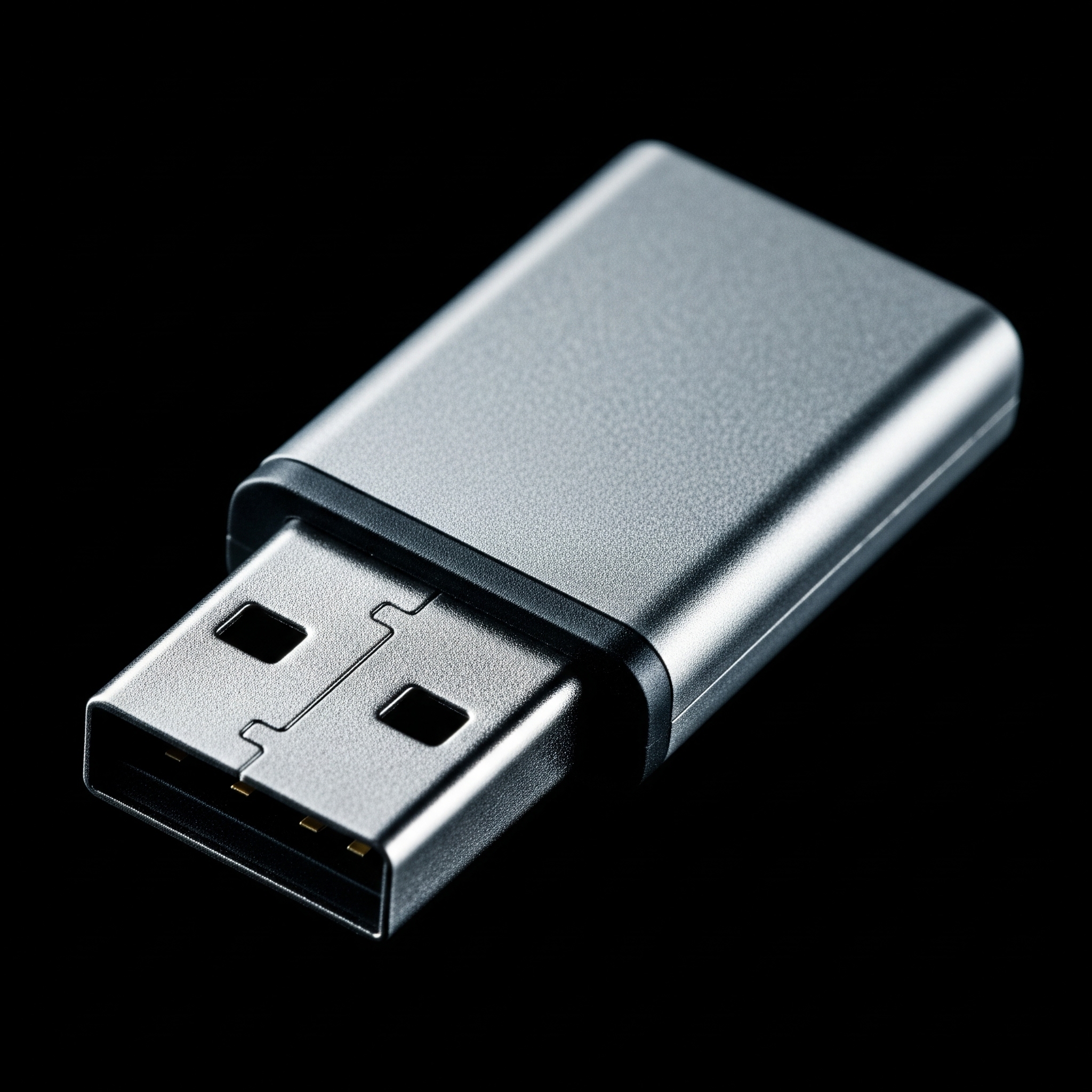Flash memory
Contents
Flash Memory
Flash memory is a type of non-volatile memory that can be electrically erased and reprogrammed. It is a form of EEPROM (Electrically Erasable Programmable Read-Only Memory) that allows multiple memory locations to be erased or written in a single programming operation. This characteristic gives it its "flash" speed when performing block-level erasures.
Flash memory is widely used in computers, digital cameras, mobile phones, solid-state drives (SSDs), and various other electronic devices for general data storage and transfer.
How it Works
Flash memory operates using a type of transistor called a floating-gate transistor. Unlike traditional transistors, a floating-gate transistor has two gates: a control gate and a floating gate.
Storing Data: To store a '0' or '1' (binary data), electrons are trapped in the floating gate, altering the transistor's electrical properties. The presence or absence of electrons in the floating gate changes the threshold voltage of the transistor, which can then be read to determine the stored bit.
Erasing Data: To erase data, a high voltage is applied to the control gate, allowing electrons to escape from the floating gate, returning the cell to its original state. This erasure typically happens in blocks, not individual bits, which is why it's called "flash" memory.
Key Characteristics
Non-Volatility: Flash memory retains stored information even when power is removed, making it suitable for permanent data storage.
Durability: It has no moving parts, making it more resistant to physical shock and vibration compared to traditional hard disk drives (HDDs).
Speed: Generally much faster than HDDs for both read and write operations, especially for random access.
Power Efficiency: Consumes less power than HDDs, contributing to longer battery life in portable devices.
Limited Write Cycles: Each flash memory cell can only endure a finite number of program/erase (P/E) cycles before it wears out and can no longer reliably store data. This is a primary concern for flash-based storage devices.
Cost: Historically more expensive per gigabyte than HDDs, but prices have steadily decreased, making it more competitive.
Types of Flash Memory
There are two main types of flash memory, named for the logic gates they resemble:
NAND Flash:
Structure: Cells are connected in a series, resembling a NAND gate.
Characteristics: High density, lower cost per bit, faster write and erase speeds (especially for large blocks), but cells cannot be accessed individually. Requires block-level access. More susceptible to bit errors.
Applications: Solid-state drives (SSDs), USB flash drives, memory cards (SD cards, microSD cards), smartphones, tablets.
Sub-types: MLC (Multi-Level Cell), TLC (Triple-Level Cell), QLC (Quad-Level Cell) which store more bits per cell but have lower endurance and speed.
NOR Flash:
Structure: Cells are connected in parallel, resembling a NOR gate.
Characteristics: Lower density, higher cost per bit, faster random read access, allows byte-level access (execute-in-place capability). Slower write/erase speeds compared to NAND.
Applications: Boot code storage (BIOS/UEFI), firmware in embedded systems, networking equipment, digital cameras (older models).
Applications
Flash memory is ubiquitous in modern electronics:
Consumer Electronics: Smartphones, tablets, digital cameras, camcorders, MP3 players.
Storage Devices: USB flash drives, SD cards, microSD cards, CompactFlash cards, SSDs.
Computing: BIOS/UEFI firmware, cache memory in CPUs, embedded systems, thin clients.
Automotive: Infotainment systems, engine control units, GPS devices.
Enterprise: Data center SSDs for high-performance storage, network routers, servers.
Advantages and Disadvantages
| Feature | Advantages | Disadvantages |
|---|---|---|
| Durability | No moving parts, highly resistant to shock and vibration. | Finite number of program/erase cycles (wear-out). |
| Speed | Faster read/write speeds than HDDs, especially for random access. | Write speeds can sometimes be slower than read speeds. |
| Power Consumption | Lower power usage, ideal for portable devices. | (No significant disadvantage compared to HDDs) |
| Size/Form Factor | Compact, allows for smaller, lighter devices. | (No significant disadvantage) |
| Cost | Decreasing, making it more competitive. | Still generally higher cost per GB than traditional HDDs. |
| Data Retention | Non-volatile, retains data without power. | Data retention can degrade over time and with extensive wear. |
